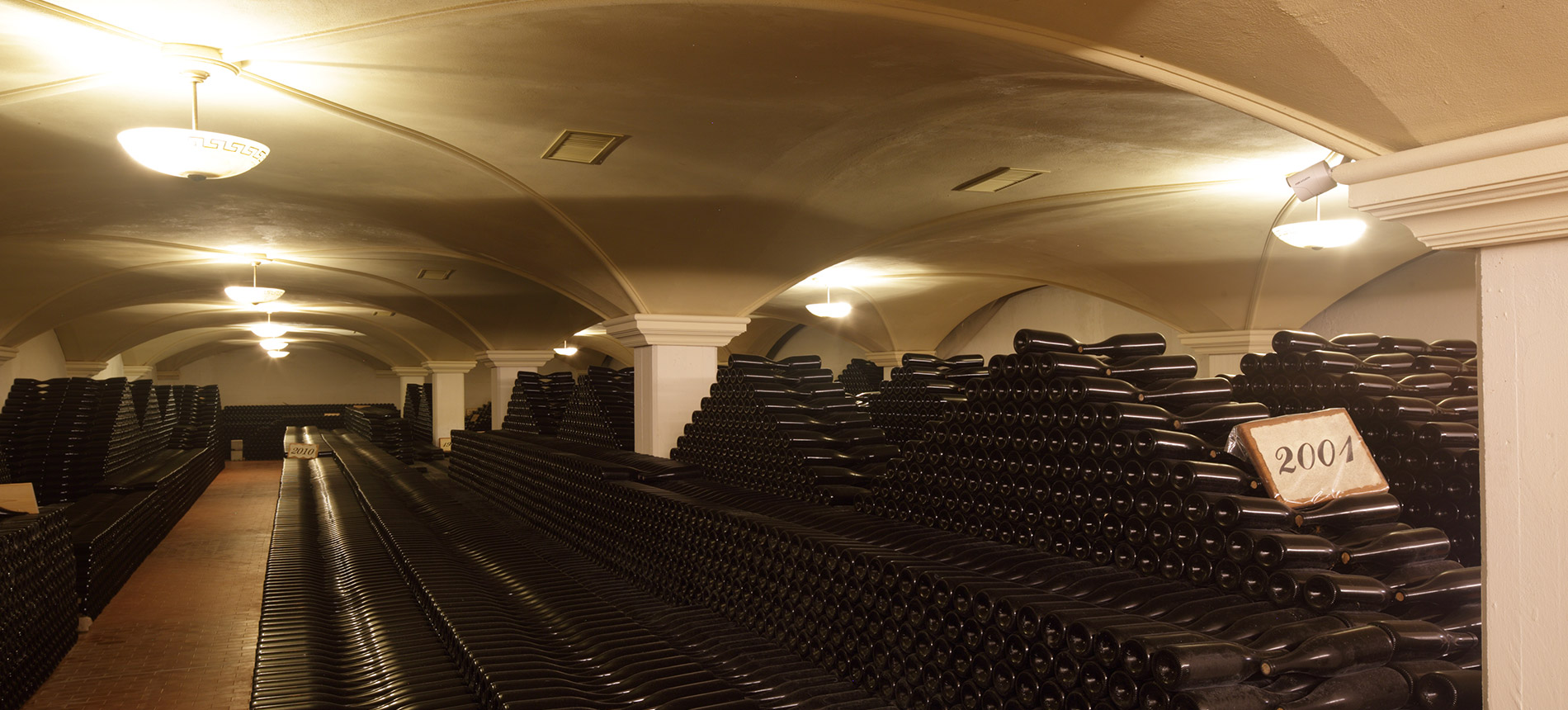Emidio Pepe is a singular producer creating amazingly complex age-worthy reds and whites in a region of mass-produced, overly engineered versions of Montepulciano d'Abruzzo. Though the family has been producing wines here since the end of the 19th Century, the winemaking process has remained philosophically unchanged since Emidio Pepe took over the estate in 1964. The business and wine production has been in the hands of the fourth generation of the Pepe family with sisters, Daniela and Sofia, since 1997. And more recently, Daniela's daughter, the dynamic Chiara de Iulis Pepe has joined the estate as the fifth generation! Chiara's sister, Elisa, is also now in charge of the agriturismo at the winery.
The Pepe vineyards are located in the northern province of Teramo, with soils rich in clay and limestone. The top 40 centimeters of the soil is clay but underneath it is solid limestone. The Trebbiano is foot trodden in wooden tubs for two reasons: to avoid contact between the iron presses and the acids of the fruit and also for the textural complexity resulting in the subtle maceration that happens when the trodden skins release their characteristics into the juice. The resulting white wines are slightly golden-hued, well-balanced, and complex, with hints of nuts, hay, and yellow fruits. The Montepulciano bears little relation to most other wines of this appellation; they are big, bold, and filled with the intense flavors of dried black cherries, licorice, and wild herbs.
The winemaking regime at Pepe follows an uber-natural and artisanal path. Grapes are grown biodynamically, hand-harvested, hand-destemmed, fermented with spontaneous yeast, and aged 18-24 months in glass-lined cement tanks. The wines are bottled unfined and unfiltered and are aged in their cellar in bottles for continued development. Before release, the Montepulciano bottles that are 20 or more years old are decanted by hand into new bottles and labeled. An extensive stock of older vintages is kept at the winery. The year of decantation is now listed on a strip around the neck of the bottle. Trebbiano and Pecorino are not and have never been decanted.
Until 2024, in most vintages, there were two Montepulciano wines made at the winery. One made from young vines which is released only in Italy after a few years of aging, and one, from old vines, that is laid down in the cellar for, normally, at least five years. The bottlings from young vines are never exported outside of Italy. The winery doesn't feel the young vine wines have the body or complexity to make the voyage overseas. The bottlings from the old vine selection are released in Europe a few years earlier than they are released in the United States. For example, in 2020 the 2015 VV was already released in Europe but for the USA the current vintage was 2012. The winery doesn't feel the old wine is ready for that trip until it has aged in the cellar for 5+ years and gained some maturity. To help clear up any confusion, the winery has started differentiating the bottlings by adding "Selezione Vecchie Vigne" to the front label of the old vine wine - that practice started in 2018 with the release of the 2010 vintage. Also, when the reds are decanted before leaving the cellar, the cork is stamped with the date it was decanted and labeled. So a 2002 Montepulciano could have a cork that says 2017 for example.
Starting in 2024, after a long soil study of Emidio Pepe's vineyards with Chiara's friend, the geologist Brenna Quigley, Chiara decided to replace the one old vine Montepulciano release with two single vineyards wines: Casa Pepe, from the vineyard in front of the winery, and Branella, from their other old parcel just 300 meters away. Casa Pepe was planted in 1974 by Emidio Pepe from a massale selection. It has a south exposure with a good deal of morning sun. Branella was bought in 1981 but was planted in 1966. It is fairly level with a slightly southeast exposure. More shade there than at Casa Pepe. 2020 was the first vintage of both of these wines, released in 2024.
For a deep dive into Brenna & Chiara's study on the soils of Emidio Pepe, check out this presentation.








